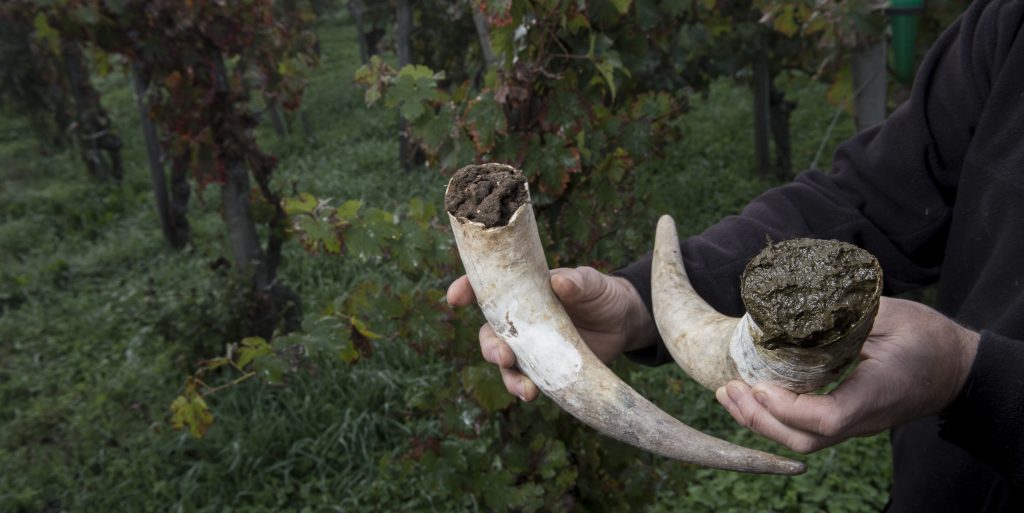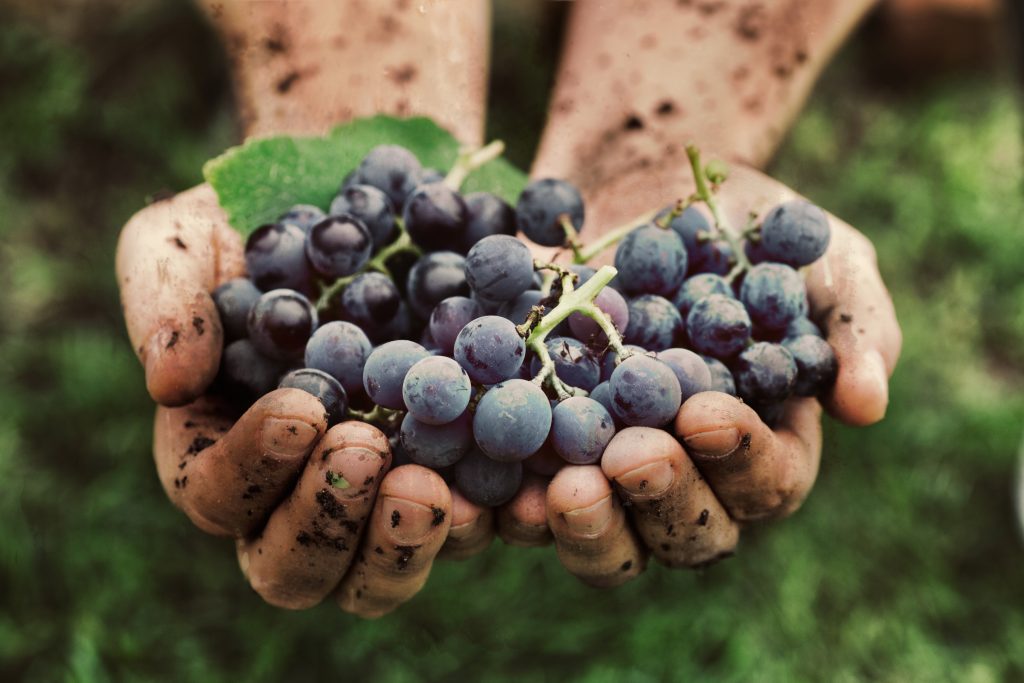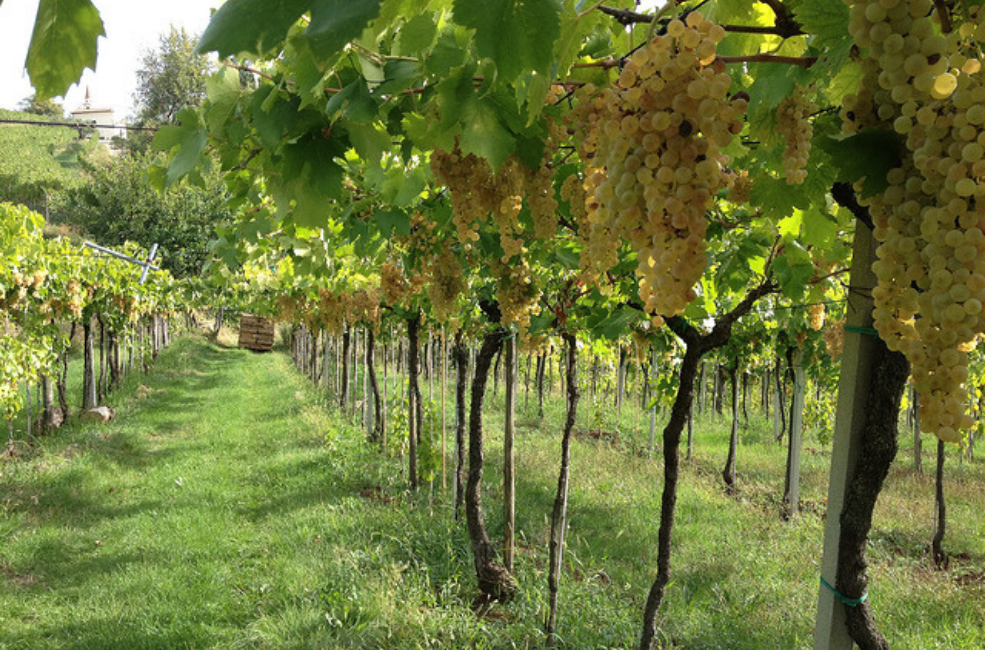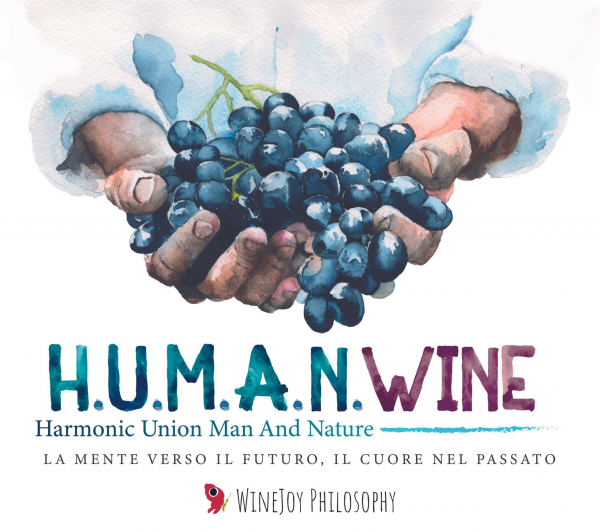A hope for the earth now burned by chemistry.
Biodynamic agriculture is a very ancient method that was born in the 1920s thanks to Rudolf Steiner, Austro-Hungarian thinker.
Like all good and inexpensive things, even biodynamics is poorly rated and very often defined as a dark thing, a stuff for sorcerers… something mysterious and hardly believable.
But it’s not this way, biodynamics is not fluff, but was born to revive the endogenous force that has nature, and Steiner with the creation of biodynamic preparations has strengthened this concept, which is an agronomic, scientific, biological and microbiological concept.
Biodynamic preparations are fertilisers of natural origin, they are colonies of bacteria that regenerate the soil and if this is toxic, the preparations induce its healing, so we can define a biodynamic preparation as a real medicine of regenerating and detoxifying biological origin of the soil.

The preparations can be sprayed from 500 (horn manure, made from cattle manure) and 501 (silica horn, made from quartz powder), and from heap (yarrow, chamomile, nettle, oak bark, dandelion, valerian).
The main one remains the 500 preparation, which was developed by Rudolf Steiner personally and stimulates and harmonizes the processes of humus formation in the soil. It starts from fresh manure that is placed inside cow horns that has littered at least once, these are buried towards the end of September / end of October, and remain at home throughout the winter and then see the light around the Easter period. What is extracted is pure humus, we realize a transformation because we have in front of an odorless, dark, colloidal matter.

Its distribution takes place after having carried out the fundamental mixing and dynamization operation with warm spring, well or rain water. This operation has a duration of about one hour and can be carried out both manually and through special machines.
The task of biodynamics is therefore to generate a healthy soil, and only on healthy soil it is possible to have healthy plants.
Biodynamics works on the microbiology, bacteria, microbes, genome and tissues of the plant and knows how to drive it. For example, the manure horn guides the process of soil microbiology and the silica horn guides the processes of photosynthesis and everything behind that is colors, flavors, aromas… the concentration of sugars.
This kind of agriculture was born to repair the damage of conventional agriculture, because let’s face it: chemistry has failed and we must understand that only by operating with an alternative discourse can we solve food problems worldwide.
Everyone complains that one day there will be no more food, but why? The answer is because we want it… We need a “cultural” revolution as well as a cultural revolution.
What about wine? The most polluted beverage in the world is wine… it is the most sophisticated product so you have to consume it very carefully. Wines derived from biodynamic agriculture are natural, in the sense that there is nature behind and not chemistry, with the exception of that little added bisulfite.
To conclude, let’s approach biodynamic wines and we will realize that the good ones will nourish not only our senses but also our soul, will be pure joy.


